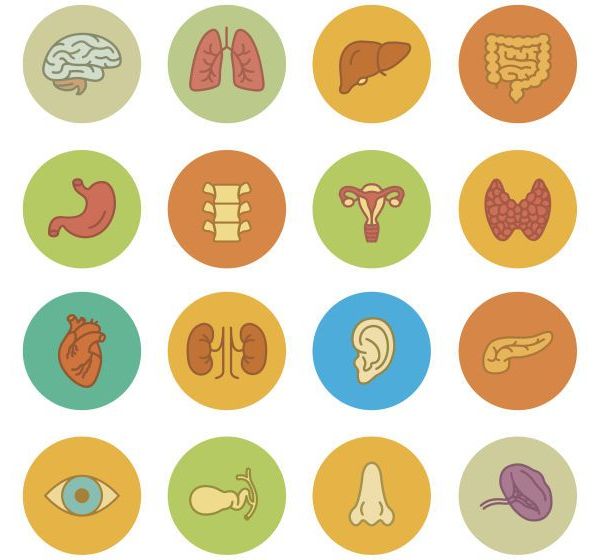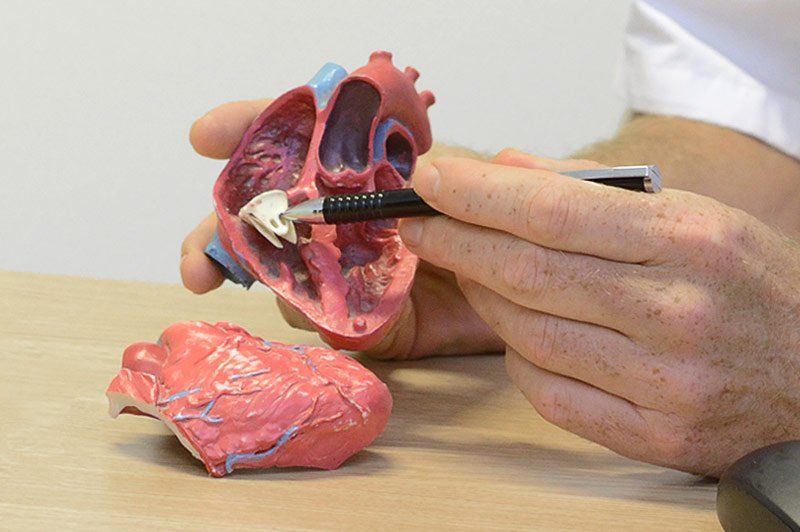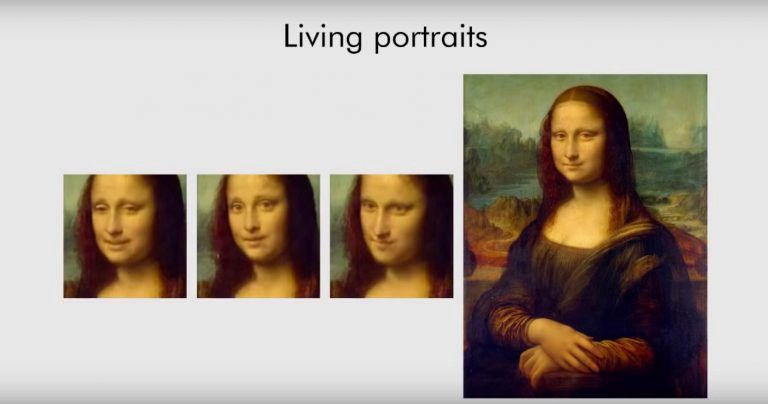Page 6217
Sep 14, 2020
Quantum startup CEO suggests we are only five years away from a quantum desktop computer
Posted by Quinn Sena in categories: computing, quantum physics
Today at TechCrunch Disrupt 2020, leaders from three quantum computing startups joined TechCrunch editor Frederic Lardinois to discuss the future of the technology. IonQ CEO and president Peter Chapman suggested we could be as little as five years away from a desktop quantum computer, but not everyone agreed on that optimistic timeline.
“I think within the next several years, five years or so, you’ll start to see [desktop quantum machines]. Our goal is to get to a rack-mounted quantum computer,” Chapman said.
But that seemed a tad optimistic to Alan Baratz, CEO at D-Wave Systems. He says that when it comes to developing the super-conducting technology that his company is building, it requires a special kind of rather large quantum refrigeration unit called a dilution fridge, and that unit would make a five-year goal of having a desktop quantum PC highly unlikely.
Sep 14, 2020
Army COVID-19 vaccine may produce a side benefit: Cure for the common cold
Posted by Quinn Sena in category: biotech/medical
Walter Reed researchers say based on what they’ve learned about COVID so far, you need to get a flu shot.
Scientists leading the Army’s coronavirus vaccine effort say this year’s flu shot is critical because they do not yet know whether getting the flu will make it likelier someone catches COVID-19.
Sep 14, 2020
New Map Charts Genetic Expression Across Tissue Types, Sexes
Posted by Xavier Rosseel in categories: biotech/medical, genetics, life extension, neuroscience, sex
From the data, the GTEx team could identify the relationship between specific genes and a type of regulatory DNA called expression quantitative trait loci, or eQTL. At least one eQTL regulates almost every human gene, and each eQTL can regulate more than one gene, influencing expression, GTEx member and human geneticist Kristin Ardlie of the Broad Institute tells Science.
Another major takeaway from the analyses was that sex affected gene expression in almost all of the tissue types, from heart to lung to brain cells. “The vast majority of biology is shared by males and females,” yet the gene expression differences are vast and might explain differences in disease progression, GTEx study coauthor Barbara Stranger of Northwestern University’s Feinberg School of Medicine tells Science. “In the future, this knowledge may contribute to personalized medicine, where we consider biological sex as one of the relevant components of an individual’s characteristics,” she says in a statement issued by the Centre for Genome Regulation in Barcelona, where some of the researchers who participated in the GTEx project work.
Another of the studies bolsters the association between telomere length, ancestry, and aging. Telomere length is typically measured in blood cells; GTEx researchers examined it in 23 different tissue types and found blood is indeed a good proxy for overall length in other tissues. The team also showed that, as previously reported, shorter telomeres were associated with aging and longer ones were found in people of African ancestry. But not all earlier results held; the authors didn’t see a pattern of longer telomeres in females or constantly shorter telomeres across the tissues of smokers as previous studies had.
Continue reading “New Map Charts Genetic Expression Across Tissue Types, Sexes” »
Sep 14, 2020
Ultra-fast 3D bioprinter makes body parts in a flash
Posted by Shailesh Prasad in categories: 3D printing, bioprinting, biotech/medical
Volumetric Bioprinting
Recreating human body parts using a 3D printer. This is possible in the Netherlands with the new bioprinter developed by Utrecht University and UMC Utrecht. This printer can be used to make models of organs or bones, amongst other things. These printed models can be made up of living cells on which medication can be tested, for instance.
Conventional 3D printers work by stacking plastic layers on top of each other. This build-up of layers creates a three-dimensional figure. There are already countless possibilities with these standard 3D printers. Science has been looking for years at how this technique can be applied across different areas.
Continue reading “Ultra-fast 3D bioprinter makes body parts in a flash” »
Sep 14, 2020
Playing with Realistic Neural Talking Head Models
Posted by Saúl Morales Rodriguéz in categories: information science, robotics/AI
Researchers at the Samsung AI Center in Moscow (Russia) have recently presented interesting work called Living portraits: they made Mona Lisa and other subjects of photos and art alive using video of real people. They presented a framework for meta-learning of adversarial generative models called “Few-Shot Adversarial Learning”.
You can read more about details in the original paper.
Here we review this great implementation of the algorithm in PyTorch. The author of this implementation is Vincent Thévenin — research worker in De Vinci Innovation Center.
Sep 14, 2020
THE CASE FOR MERCURY : Living in underground caves on Mercury
Posted by Jeremy Dylan Batterson in category: space
Sep 14, 2020
Virgin Galactic to launch its 1st suborbital spaceflight from Spaceport America in October: report
Posted by Alberto Lao in category: space travel
The launch window opens on Oct. 22.
Virgin Galactic will fly to space again next month, if all goes according to plan.
Sep 14, 2020
C-MIMI: Use of AI in radiology is evolving
Posted by Genevieve Klien in categories: biotech/medical, information science, robotics/AI
September 14, 2020 — The use of artificial intelligence (AI) in radiology to aid in image interpretation tasks is evolving, but many of the old factors and concepts from the computer-aided detection (CAD) era still remain, according to a Sunday talk at the Conference on Machine Intelligence in Medical Imaging (C-MIMI).
A lot has changed as the new era of AI has emerged, such as faster computers, larger image datasets, and more advanced algorithms — including deep learning. Another thing that’s changed is the realization of additional reasons and means to incorporate AI into clinical practice, according to Maryellen Giger, PhD, of the University of Chicago. What’s more, AI is also being developed for a broader range of clinical questions, more imaging modalities, and more diseases, she said.
At the same time, many of the issues are the same as those faced in the era of CAD. There are the same clinical tasks of detection, diagnosis, and response assessment, as well as the same concern of “garbage in, garbage out,” she said. What’s more, there’s the same potential for off-label use of the software, and the same methods for statistical evaluations.
Sep 14, 2020
‘Completely preserved’ Ice Age cave bear found in Arctic Russia
Posted by Heather Blevins in category: biotech/medical
“It is completely preserved, with all internal organs in place, including even its nose,” and a preliminary analysis reveals it lived 22,000 to 39,500 years ago… See More.
In a statement issued by the university, researcher Lena Grigorieva emphasized that “this is the first and only find of its kind — a whole bear carcass with soft tissues.”
“It is completely preserved, with all internal organs in place, including even its nose,” Grigorieva said. “This find is of great importance for the whole world.”
Continue reading “‘Completely preserved’ Ice Age cave bear found in Arctic Russia” »


















